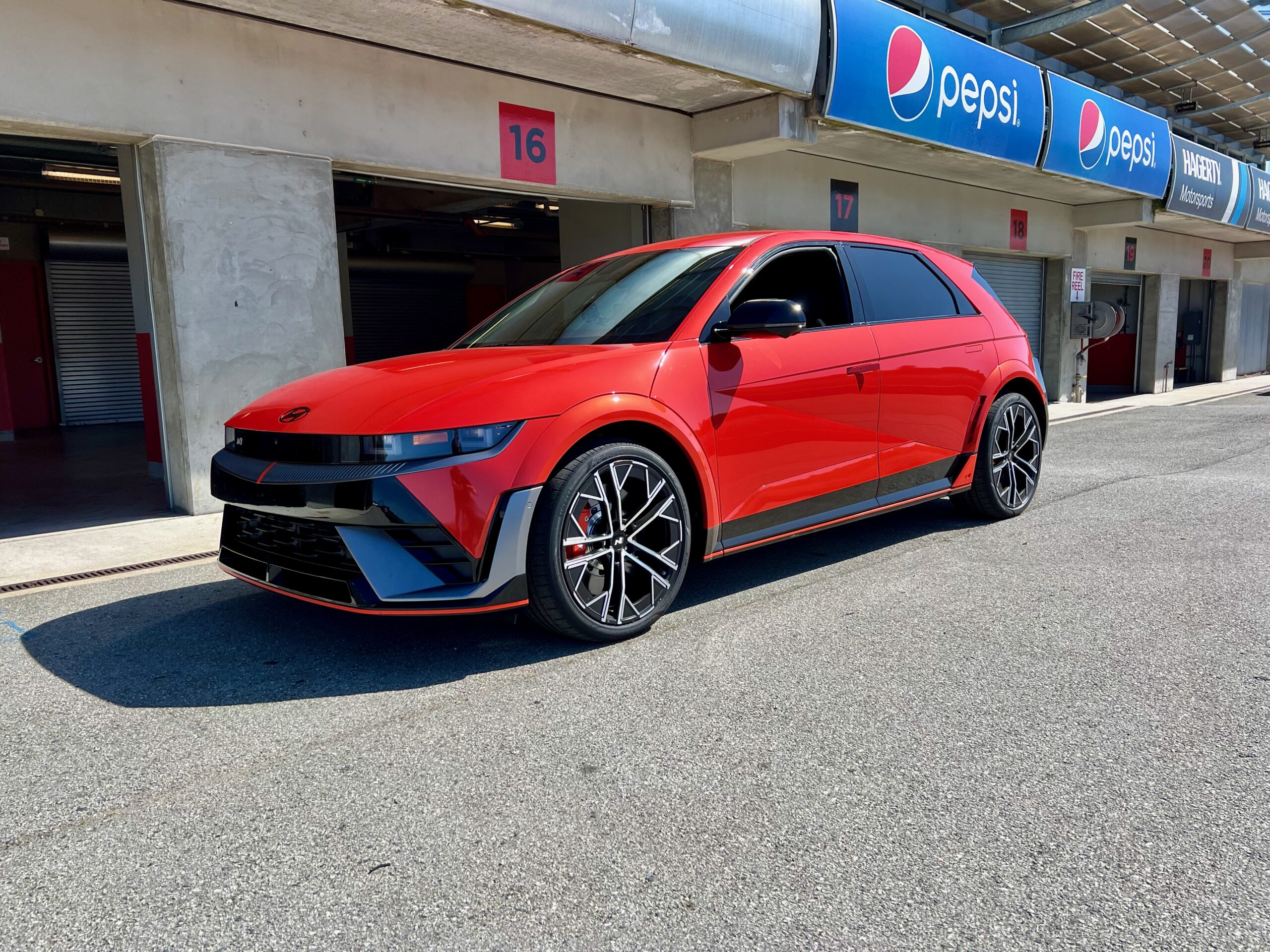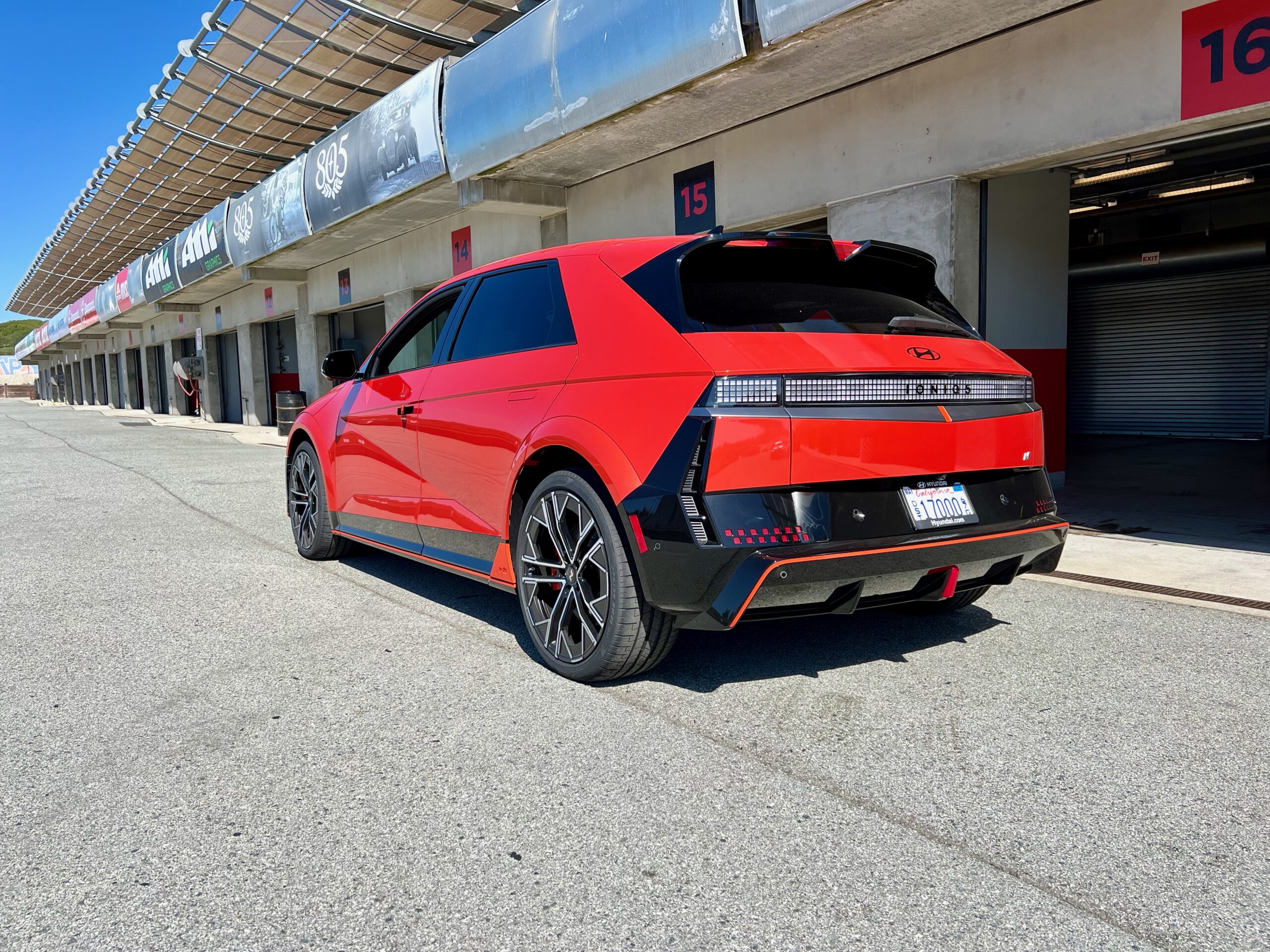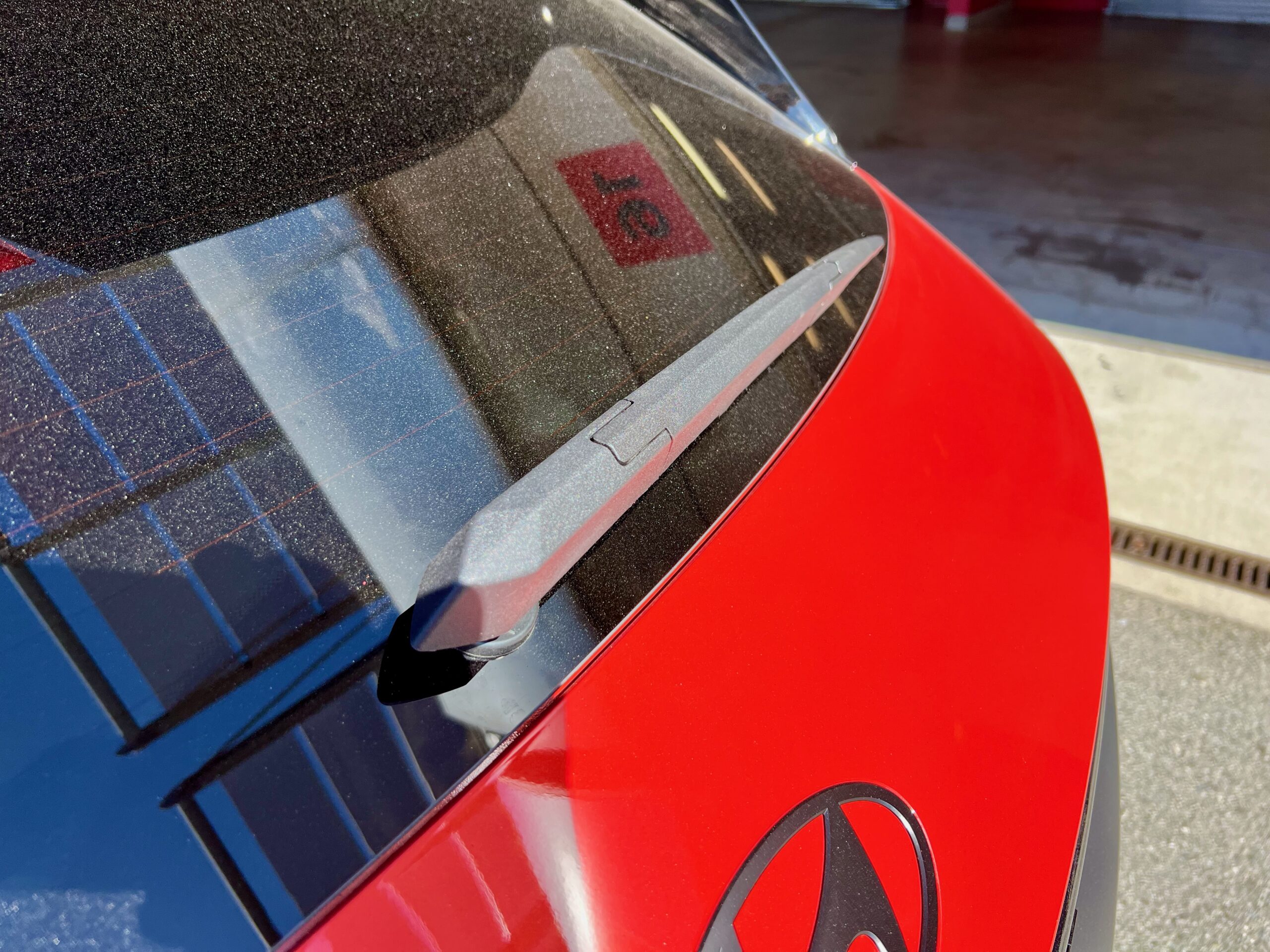If you hate Star Trek, you’re going to hate this introduction. But also, why the hate? Imagine that you’re on board a starship in the 25th century. You’re bored, and you’re looking for something to do. So you head down to an available holodeck and give the computer some prompts.
“Computer. Access the mid-twenty-first century geographical database and replicate Laguna Seca. Create a sports car for me to enjoy, and disable the safety protocols because I like the fear of death.”
After the computer prompts you about safety protocols and their importance, it tells you to enter when ready. The doors open and suddenly you’re basking in the glow of the sun and the smells of the Monterey peninsula. In front of you is your favorite sports car from the period. You plop on a helmet and get into the car, the warm breeze blowing just a hint of sand in your face. It’s going to be a good day.
Intellectually, you know it’s not real. It’s all a holographic recreation using photons, force fields, and replicated matter. You’re in a 20 meter by 20 meter room. But you’re also in pit lane at one of the most famous racetracks in the world.
It feels real. It appears real. It tastes and smells real. Is it real?

That’s the Hyundai Ioniq 5 N. It’s an EV that is sporting than the Ioniq 5 that it’s based on, and if you didn’t know any better you’d think it’s just a bigger hot hatch. It shifts like a hot hatch with a dual-clutch transmission. It sounds like a hot hatch. In many ways, it even behaves like a hot hatch.
But all of it. All of the sports car bits aren’t “real” in the traditional sense. But that doesn’t make it any less fun.
Just like a steak in The Matrix, if you’re willing to give the car the benefit of the doubt it’s one of the most engaging and interesting cars you can drive. It’s fun like a Porsche Taycan for half the price. It’s fun like the Kia EV6 GT wishes it could be. It’s an absolute joy to drive, and if this is the future for enthusiasts then the future is bright.

So what makes the N an N? It has completely different suspension from the regular Ioniq 5, with adjustability in the dampers. Even in the stiffest Sport+ setting, the ride is still compliant and not jarring. Supporting the heavy weight of an EV does mean there needs to be some give in the suspension, but its still stiff enough for the car to corner will on the track and drive smaller than it is.
There is customizable engine sounds, but we only sampled the default which made it sound like a sports car. In the full software N mode, with N e-shift enabled, you can even “rev” the car at a standstill. There are simulated pops and crackles on the overrun, too.
This is all stuff that you can turn off, if you wish, and you don’t have to use it everyday. But it does add to the fun value of driving.
The most impressive thing is the N e-shift. The Ioniq 5 N has a single speed gear just like nearly every other electric vehicle. But if you didn’t know what and drove it in N e-shift mode, you’d be convinced that you were driving a dual-clutch automatic with 8 forward gears.
Hyundai mapped the power and torque output of the electric motor to simulate an engine revving, meaning it feels like it makes more power at the top of the rev range.
It cuts power for a shift, but when it does it does a ton of calculations so that the entire experience — including what feels like tricking inertia — feels natural. If you “miss” a shift, you hit the “redline” like you would in a normal car. When you do, the simulated fuel cutoff will throw your head forward just like it would if you missed a shift in any other car. Pull the paddle to shit up and it’ll throw you back in your seat just like a gas-powered car would.
I can’t stress this enough that this feels natural. It feels authentic. I’d be willing to bet it would’ve taken less development time to just add an 8-speed dual clutch than it was to program this software. Of course, this is something they can now replicate in other EVs.
A larger battery pack helps the Ioniq 5 N generate 601 horsepower and 545 lb-ft of torque when utilizing the push-to-pass N Grin Boost button.
It still has 800-volt charging, and will still do the charge from 10-80% in 18 minutes if you can find a charger that works properly. The all-electric range of the Ioniq 5 N is just 221 miles, but it’ll be a fun 221 miles.
Some other interesting tidbits that set it apart from the regular Ioniq 5. The seats are manually operated and heavily bolstered, but still decently comfortable. What’s impressive is that they have heating and ventilation built in to them, which might be a first for manual seats.
Also, like all 2025 Ioniqs, the Ioniq 5 N has a rear window wiper. Hallelujah!

There are no options on the Ioniq 5 N, but if you want the matte blue paint it’s an additional $1,000. Our test car had carpeted floor mats at $210. But get the Soultronic Orange as a no-cost color and be happy.
With delivery, the Ioniq 5 N will have a sticker price of $67,475. That’s a lot of money for a Hyundai, but it’s also less than half the price of a Porsche Taycan GTS and has more storage space.
If you’re not sure about the computer tech, give it a test drive. You’ll be convinced. The future is, indeed, looking bright.
“Computer. End program.”

